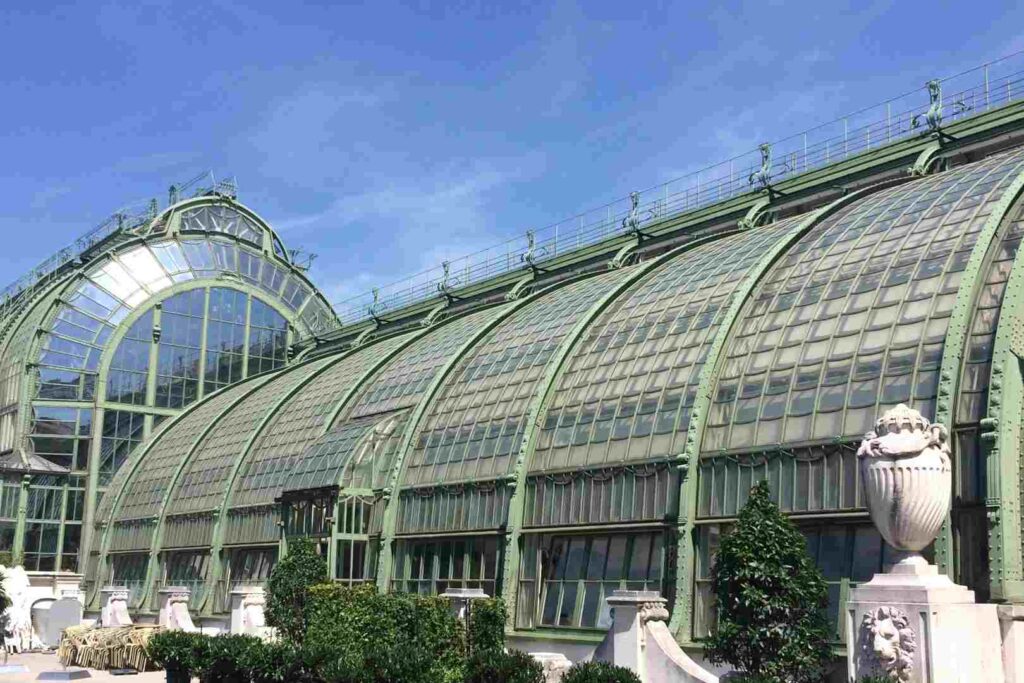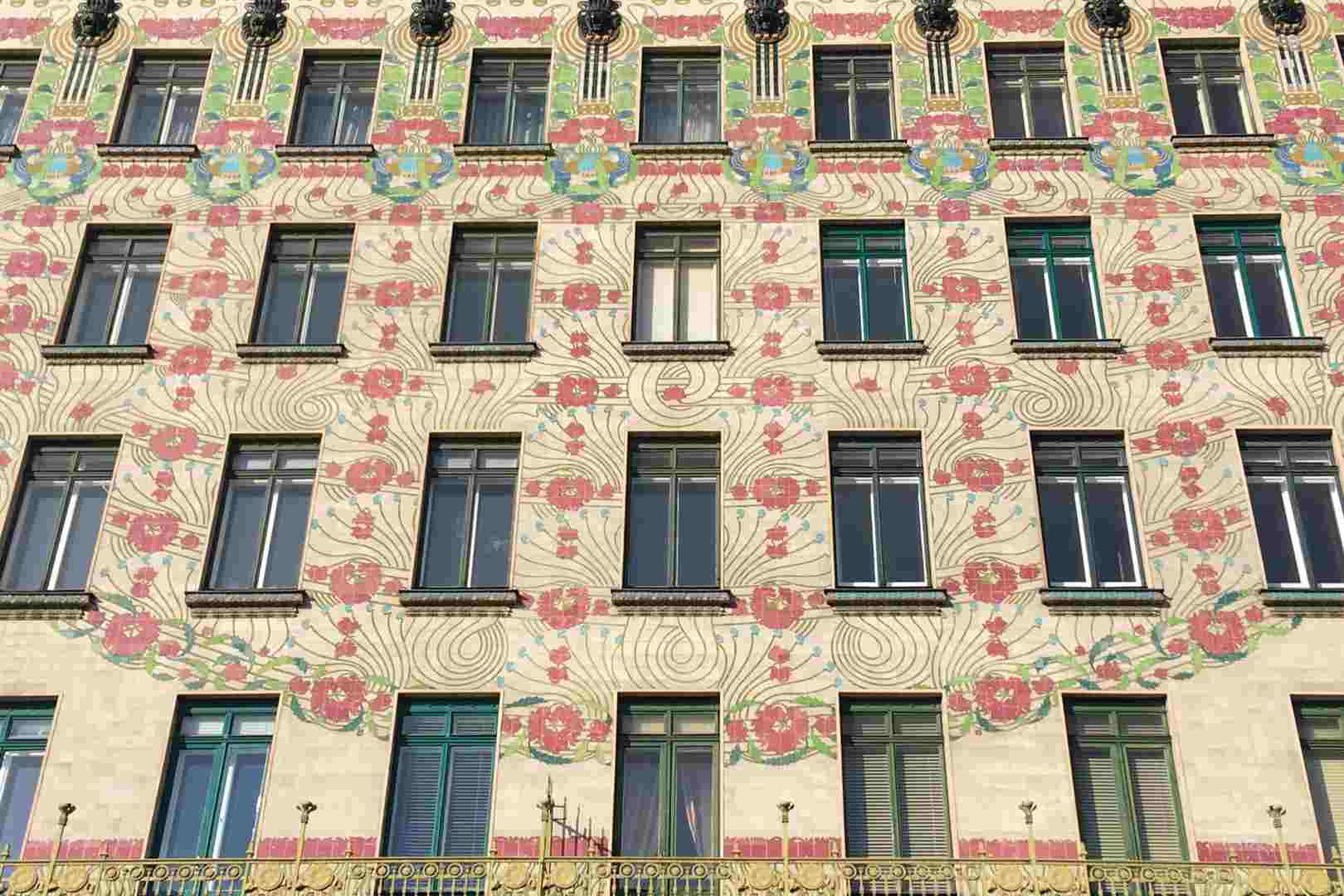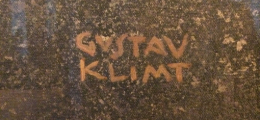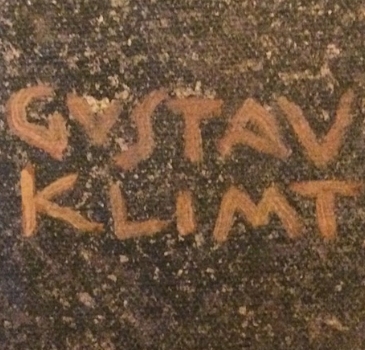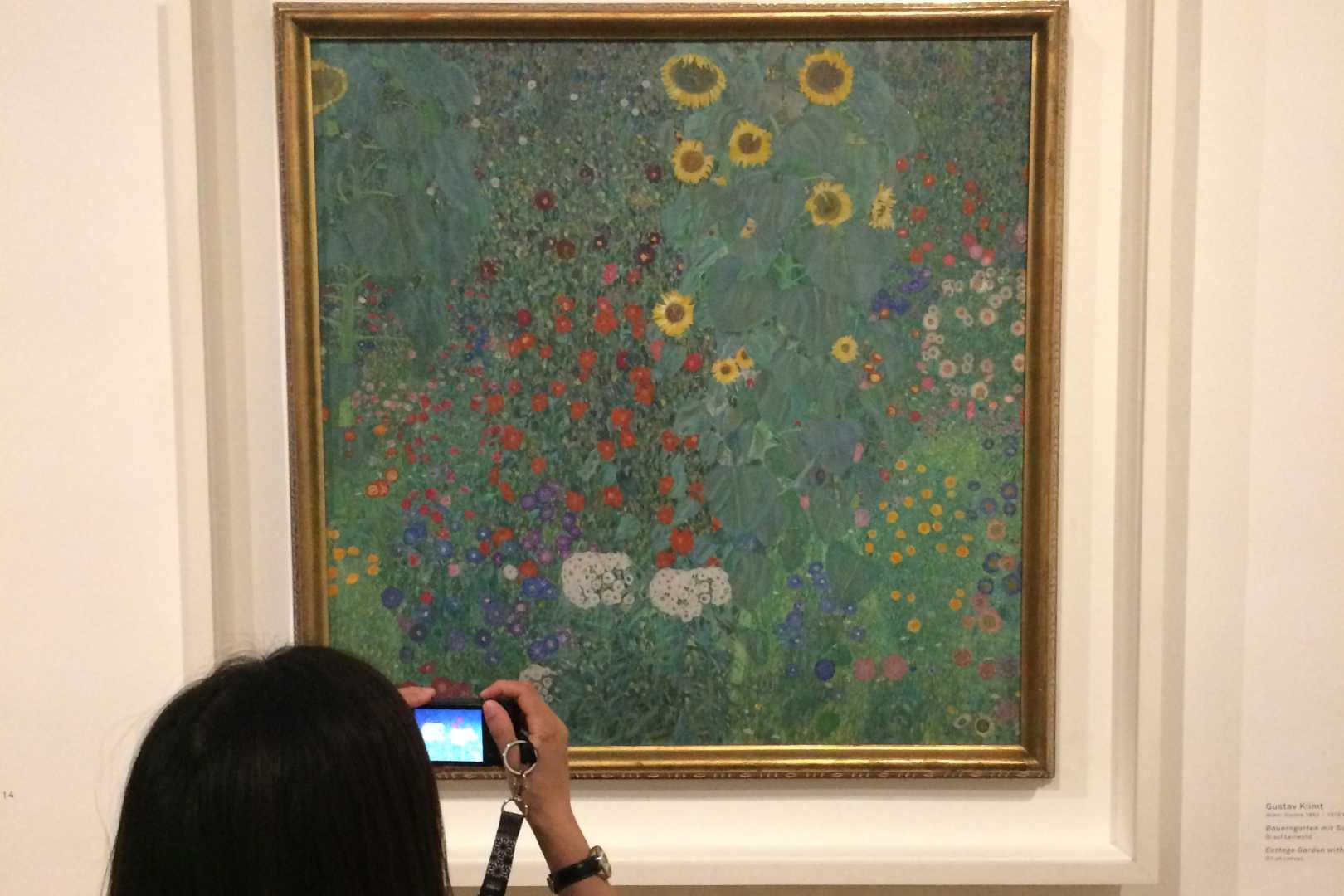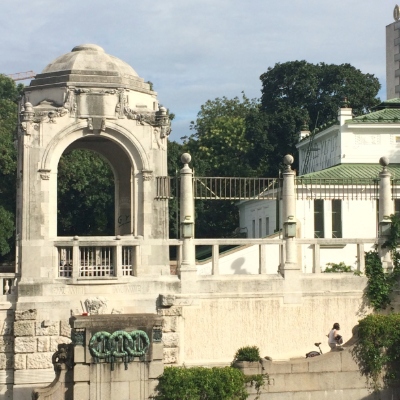The world of luxury travel is poised for a significant addition as the renowned Mandarin Oriental prepares to open its doors in Vienna. Scheduled to welcome guests on October 20, 2025, the new Mandarin Oriental, Vienna is set to become a premier destination, perfectly blending the city’s rich history with modern luxury. Located on the historic Riemergasse in Vienna’s First District, the 138-room hotel offers unparalleled access to the city’s celebrated cultural, musical, and artistic landmarks, placing guests at the heart of Viennese charm.
The project is more than just a hotel; it’s a careful restoration of a significant piece of Vienna’s architectural heritage. The building, a former courthouse, was designed by the esteemed architect Alfred Keller and completed in 1908. Its heritage-listed status means every detail has been meticulously preserved to honor its Art Nouveau roots while integrating the sophisticated comfort and technology expected of a modern luxury hotel, in a thoughtful restoration project.
The hotel features a total of 138 rooms, comprising 86 rooms and 52 suites. Among the suites are three Mandarin Signature Suites and a magnificent Royal Suite. Each space has been restored to its former glory, with the design seamlessly merging contemporary comfort with the timeless elegance of Viennese Art Nouveau. This delicate balance ensures that guests experience the unique historical character of the building without compromising on the luxurious amenities and design that define the Mandarin Oriental brand.
Leading the hotel’s culinary offerings is Executive Chef Thomas Seifried, a visionary who believes that “good cuisine should be accessible to everyone who enjoys savouring it, not exclusive.” His philosophy is reflected in the hotel’s four distinct dining concepts, all operating under the umbrella of Atelier 7. Le Sept, the signature fine dining restaurant, specializes in seafood and showcases contemporary French cooking techniques with subtle Asian influences. Atelier 7 – Brasserie is an all-day dining venue offering an international menu of comfort food with both Asian and Austrian influences. Atelier 7 – The Café is a perfect spot for a casual break, serving a selection of specialty coffees, teas, and pastries in a contemporary spin on Viennese coffeehouse tradition. Finally, Atelier 7 – Izakaya and Bar masterfully blends Art Nouveau aesthetics with a Japanese-inspired menu of cocktails and cuisine, creating a fusion of two distinct and beautiful cultures.
Beyond its culinary and accommodation offerings, Mandarin Oriental, Vienna provides a comprehensive range of amenities. The Spa at Mandarin Oriental is a sanctuary for holistic wellness, featuring seven treatment rooms, a couple’s suite, and a VIP treatment area. Guests can indulge in signature therapies and rituals inspired by local traditions, and take advantage of the state-of-the-art fitness center and indoor pool. For corporate and social events, the hotel provides seven multifunctional boardrooms and a spacious 140-square-meter ballroom. These elegant venues are designed to accommodate a wide range of functions, from intimate meetings to grand celebrations, all with a touch of unmistakable Viennese sophistication.
The opening of Mandarin Oriental, Vienna marks a significant moment for the city’s hospitality landscape. It represents a commitment to preserving history while embracing the future of luxury travel. The hotel is now accepting reservations, inviting guests to be among the first to experience this exceptional new destination. You can book a room in the following link: https://www.mandarinoriental.com/en/vienna/inner-city.
Vienna’s architectural landscape is defined by more than just Gothic and Baroque styles; it is also a cradle of Art Nouveau. At the turn of the 20th century, the city became a birthplace of modern architecture, led by visionaries like Otto Wagner, Josef Hoffmann, and Joseph Maria Olbrich.
Otto Wagner, in particular, left an indelible mark on Vienna’s skyline. He favored a geometric, symmetrical style of Art Nouveau, which can be seen in his most prominent works: the city’s former Stadtbahn stations (now the U4 and U6 lines), the iconic Majolika House and Muse House, the Church on Steinhof, and the Postal Savings Bank. His designs were a testament to a down-to-earth yet innovative approach.
The ornamentation used in these buildings was a key element of the Art Nouveau style. Architects used materials like marble, glass, tiles, and metal applications, often enhanced with colorful pieces and gilding, to create a sense of elegance and modernity. Floral motifs adorn one of Vienna’s most famous Art Nouveau structures, the Vienna Secession. Built by Joseph Maria Olbrich in 1898, it was a pioneering exhibition space for modern art in Central Europe. The style is also evident in the villas of Josef Hoffmann, which still stand in the 19th district and showcase the period’s architectural dominance.
Planning a trip to Vienna? Check out our Vienna page for insider tips, private tour options, and exclusive experiences across the city. Experience the city of Gustav Klimt, Egon Schiele and Otto Wagner. Discover unique art museums and the brilliant splendor of Vienna’s Art Nouveau facades, and do it with one of our selected private guides.

